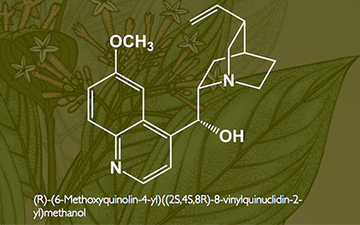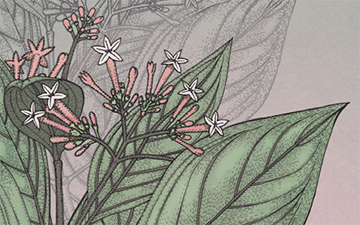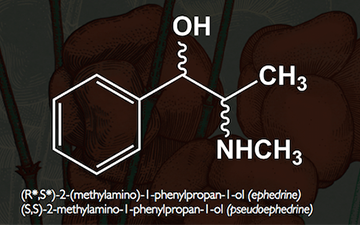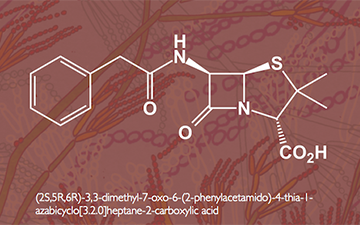For best results print the cards using the Firefox Browser
Cards
(QUICK LINKS: Decks | plants | mammals | birds | | reptiles | fish | cephalopoda | insects | microbe | events
( scientist | project | modifier | technique |)

Lathyrus nervosus
Lathyrus nervosus


Sorry, there is no photo available. If you have one, please submit
here
.
3 POINTS
Fact: During the Beagle voyage, this pea plant specimen was collected in Bahia Blanca, near Buenos Aires on October 2nd, 1832.
cool, warm
Graphic by Simon Gurrwww.gurrillustration.com/
Lathyrus /ˈlæθɨrəs/[1] is a genus of flowering plant species known as sweet peas and vetchlings. Lathyrus is in thelegume family, Fabaceae, and contains approximately 160 species. They are native to temperate areas, with a breakdown of 52 species in Europe, 30 species in North America, 78 in Asia, 24 in tropical East Africa, and 24 […] read more

QUININE (MW: 324.4)
.
Sorry, there is no photo available. If you have one, please submit
here
.
C20H24N2O2
SOURCE: Cinchona trees.
USE: antipyretic, antimalarial.
PLAY: Place under source card for + 5 points.
Graphic by Stephen McNeilpeople.ok.ubc.ca/wsmcneil/
Quinine (US /ˈkwaɪnaɪn/, /kwɪˈniːn/ or UK /ˈkwɪniːn/ kwin-een) is a white crystalline alkaloid having antipyretic (fever-reducing), antimalarial, analgesic (painkilling), and anti-inflammatoryproperties and a bitter taste. It is a stereoisomer of quinidine, which, unlike quinine, is an antiarrhythmic. Quinine contains two major fused-ring systems: the aromatic quinoline and thebicyclic quinuclidine. Quinine occurs naturally in the bark […] read more

Cinchona tree
Cinchona genus


Sorry, there is no photo available. If you have one, please submit
here
.
2 POINTS
Fact: The drug quinine is isolated from cinchona.
warm, hot
Graphic by Julia K. Kreutzjuliakreutz.com/
Cinchona, common name quina, is a genus of about 25 recognized species in the family Rubiaceae, native to the tropical Andes forests of western South America.[2] A few species are reportedly naturalized in Central America, Jamaica, French Polynesia, Sulawesi, Saint Helena in the South Atlantic, and São Tome & Principe off the coast of tropical […] read more

(PSEUDO*)EPHEDRINE (MW: 165.23)
.
Sorry, there is no photo available. If you have one, please submit
here
.
C10H15NO
SOURCE: Ma Huang. *Pseudoephedrine is a diastereomer of ephedrine
USE: stimulant, bronchodilator, appetite suppressant.
PLAY: Place under source card for + 5 points.
Graphic by Stephen McNeilpeople.ok.ubc.ca/wsmcneil/
Ephedrine (i/ɨˈfɛdrɪn/ or /ˈɛfɨdriːn/; not to be confused with ephedrone) is a sympathomimeticamine and substituted amphetamine commonly used as a stimulant, concentration aid,decongestant, appetite suppressant, and to treat hypotension associated with anaesthesia. Ephedrine is similar in molecular structure to the well-known drugs phenylpropanolamine andmethamphetamine, as well as to the important neurotransmitter epinephrine (adrenaline). Chemically, it […] read more

Ma Huang
Ephedra sinica


Sorry, there is no photo available. If you have one, please submit
here
.
2 POINTS
Fact: The drugs ephedrine and pseudoephedrine are found in the Ma Huang plant.
cool, warm
Graphic by Julia K. Kreutzjuliakreutz.com/
Ephedra sinica (also known as Chinese ephedra or Ma Huang) is a plant species native to Mongolia,Russia (Buryatiya, Chita, Primorye), and northeastern China (Gansu, Hebei, Heilongjiang, Jilin, Liaoning,Nei Mongol, Ningxia, Shaanxi, Shanxi).[1][2] Ephedra is a medicinal preparation from the plant Ephedra sinica.[1] Known in Chinese as ma huang (麻黃; pinyin: má huáng, which literally translates into English […] read more

PENICILLIN G (MW: 334.4)
.
Sorry, there is no photo available. If you have one, please submit
here
.
C16H18N2O4S
SOURCE: Penicillium species
USE: antibiotic (also known as benzylpenicillin).
PLAY: Place under source card for + 5 points.
Graphic by Stephen McNeilpeople.ok.ubc.ca/wsmcneil/
Benzylpenicillin (INN, AAN, BAN), commonly known as penicillin G, (USAN) is a narrow spectrumpenicillin antibiotic that is given intravenously or intramuscularly as a treatment for syphilis,meningitis, endocarditis, pneumonia, lung abscessesand septicaemia in children.[1] Penicillin G is typically given by injection parenterally, bypassing the intestines, because it is unstable in the highly acidic stomach. Because the […] read more